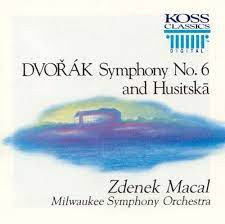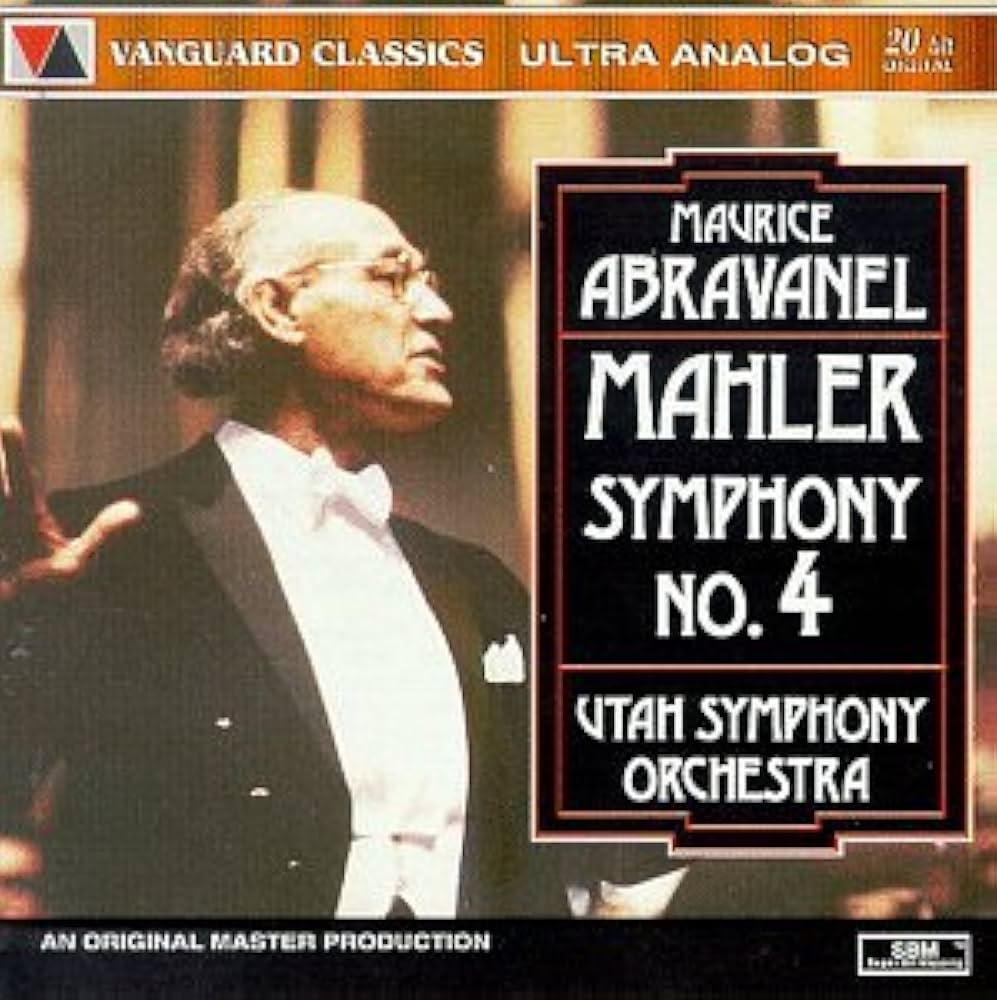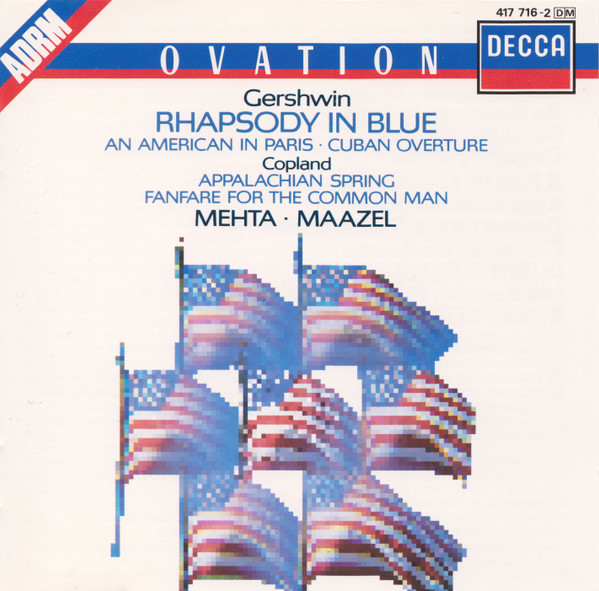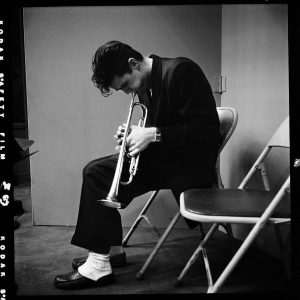DVOŘÁK, Symphony 6; Husitská Overture. Milwaukee Symphony/Zdeněk Mácal. Koss Classics KC-1001. TT: 57.59
I was looking forward to hearing this, finally. I'd always been pleased by the sound of Koss headphones in various price ranges—though you'd not have mistaken them for Grado or Sennheiser—and I was anticipating engineering of comparably high, possibly audiophile quality.
So Husitská, the program opener, was a letdown. The wind chorale at the start was a bit wheezy, though that's probably the playing. (In fact, all of the wind-choir passages on the disc suffer this to some extent.) But the first big climax, while impressive, throws everything close-up: it's neither congested nor opaque, but there's no sense of air around the sound. Once past the first few transitions, Zdeněk Mácal shapes the piece surely, with a singing line and a particularly exciting run up to the final coda. But I was disappointed.
On the other hand, the symphony, most of which juxtaposes smaller, contrasting orchestral groupings, thrives on the engineers' approach. The lightly scored passages are clear and airy; the brass choir is compact and "deep." The longish ambience—easier to make out than in the overture—still sounds a bit artificial, but doesn't interfere with enjoying the music.
It doesn't hurt that this is one of the symphony's finest recorded outings. The enormously talented Mácal, who died just recently, regularly made orchestras play "above themselves"—even the cranky Boulez-era New York Philharmonic, where I first heard him—apparently through applying an adept baton technique—utterly clear, even in transitions—to an innate musicality. (A player's tribute posted on the Milwaukee Symphony website, mco.org, attests to this.)
Another asset is his knack for clarifying Dvořák's notoriously thick orchestration: tuttis that look perfectly clear on the page can, without care, emerge as an undifferentiated wall of sound. Here, the peak of the first-movement exposition, allowing enough room for the whooping horns to register, is a model. You don't have to be Czech to get this right—Kertész (Decca) and Rowicki (Philips) handled this well in the first two stereo cycles—but non-Czechs, most recently Gaffigan (Harmonia Mundi) and Orozco-Estrada (Pentatone), tend to miss this entirely.
The potentially square opening is chipper and open-hearted. The exposition, sans repeat, elides smoothly into the unsettled development—where the interplay of motifs is unusually clear—which, in turn, similarly elides into the return. The third group brings a nice delicacy, especially when led by the flute in the recap.
Mácal's forthright Adagio is closer to an andante, even pushing forward slightly at the pulsing chords. Conversely, for the turbulent climax, the conductor holds firmly to the established time, rendering it that much more ominous. The Scherzo, an unusually grounded furiant, captures an appropriate unbuttoned infectiousness, and relaxes precisely into the sweetly lyrical Trio.
And Mácal projects the exceptionally cogent Finale in a broad arc. The opening is just hushed enough to be clear, and just flowing enough to avoid squareness; the tutti statement, alas, is another aggressive close-up, but it's a bright, firm culmination. The sprightly second theme maintains its lilt through the development, which, as in the first movement, arrives seamlessly. Everything feels logical and inexorable, while fetching, and the symphony ends in a riot of exuberance.
I wasn't able to locate any downloadable versions of this program, though I found a few for the conductor's Exton remake, with the Czech Philharmonic—which I'm sure will be equally fine, if not even better.
stevedisque.wordpress.com/blog







































